Help
Mapping
Help menu
- Help content
- AS2
- Examples and Tutorials
- IO Queues and Forms
- Maps
- Schemas
- Send and Receive Ports
- Send and Receive Ports / Transports
- Servers
- Static Configuration
- Tracking
- Workflows
- Workflows / Workflow Activities
- Call Web Service Direct Activity
- Compensatable Sequence Activity
- Compensatable Transaction Scope Activity
- Compensate Activity
- Conditioned Activity Group
- Database Activity
- Delay Activity
- Event Handling Scope Activity
- Event Driven Activity
- Expression Activity
- Fault Handler Activity
- If Else Activity
- Increment Activity
- Invoke Web Service Activity
- Invoke Blue Integrator Workflow Activity
- Invoke Workflow Activity
- Listen Activity
- Map Activity
- Parallel Activity
- Policy Activity
- Send Receive Port Response Activity
- Replicator Activity
- Send Receive Port Response Activity
- Send Port Message Activity
- Sequence Activity
- Suspend Activity
- Synchronization Scope Activity
- Transaction Scope Activity
- While Activity
A BlueIntegrator Map defines a transformation applied to a message. The mapping converts from one schema to another. The map defines the rules for populating the fields of one message into another message, perhaps adding or removing content, changing message formats or layouts, or many other possible operations. Maps can work with fields in the message Body and the message context, and can also use runtime parameters such as date or time, or any other parameter generated by the Schema.
Each BlueIntegrator Map has one input schema applied to an incoming Message and one output schema applied to the outgoing Message Maps are invoked on the Receive Port Configuration Form, the Send Port Configuration Form, and via the Map Workflow Activity.
Maps are defined in the Map Editor. A list of functoids can be found here.

